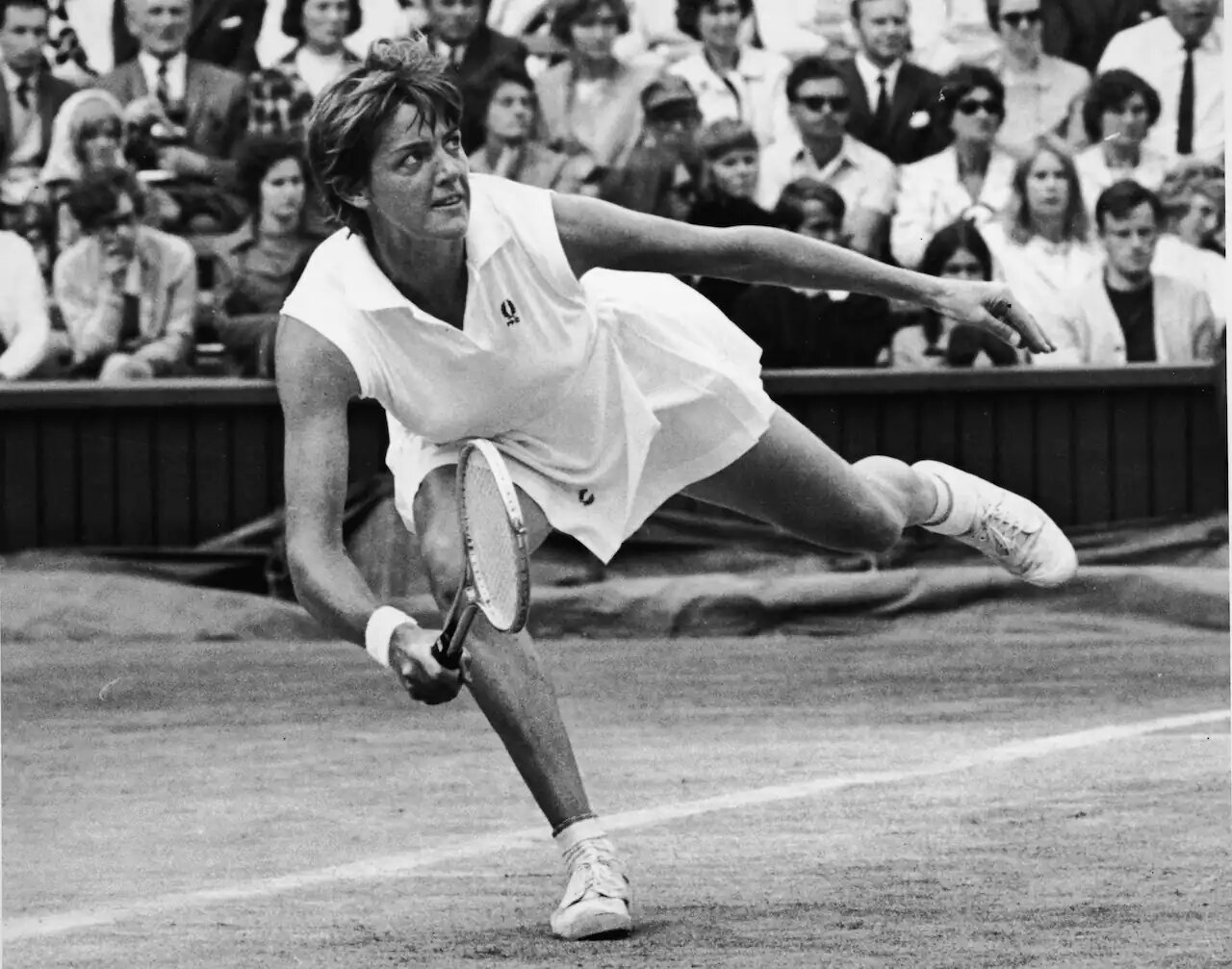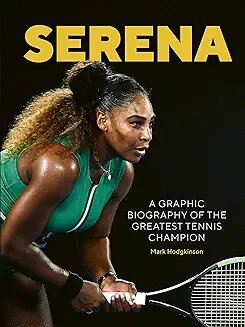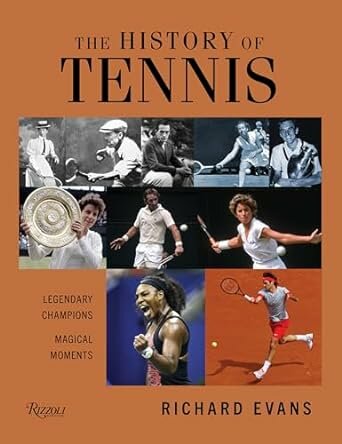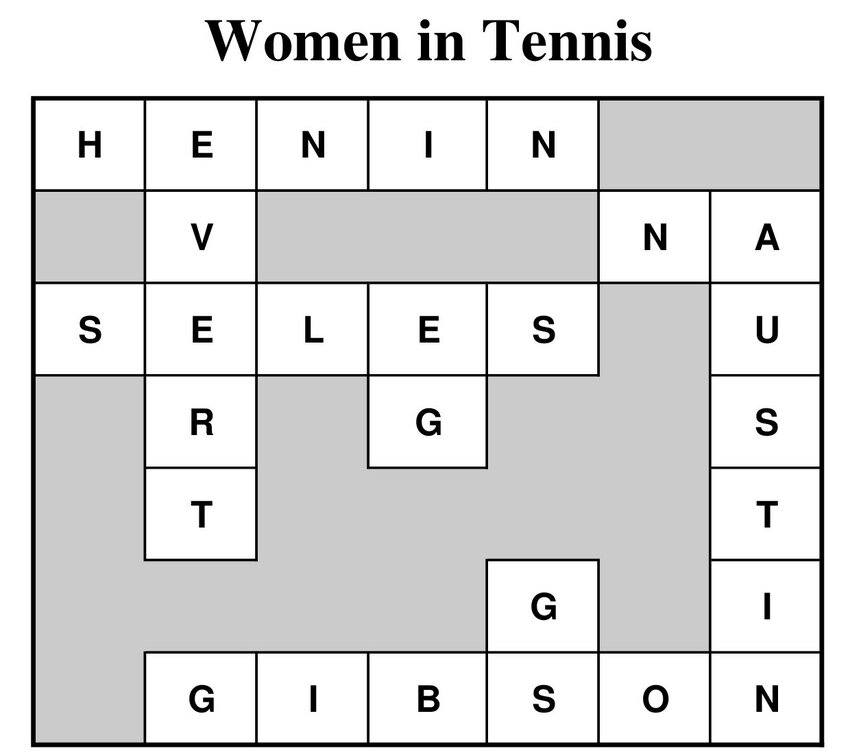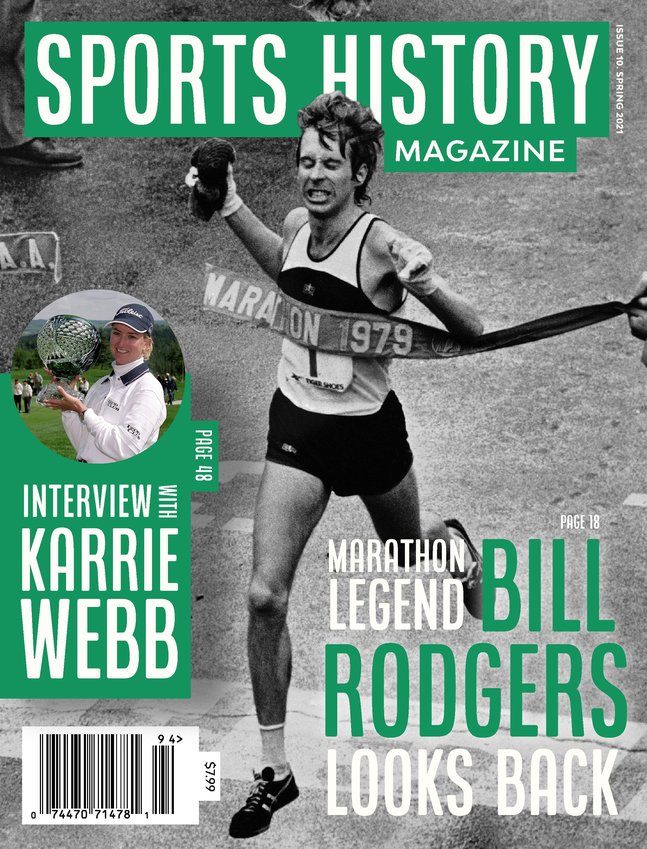Dialing Back the Years with Margaret Court
"I loved playing and representing my nation"
A living legend in the world of tennis, Australia’s Margaret Smith-Court won the first of her 24 Grand Slams before John F. Kenndy stepped into the White House as the 35th President.
Her era was marked not just by the icons who played the game- Billie Jean King, Evonne Goolagong, Maria Bueno, etc.- but the transformation of the sport itself from grass to hard court, from wooden racquets to metal, and from amateur status to professional.
Court’s 24 titles, one more than Serena Williams, is still a record for women and her 64 total majors- singles, doubles, mixed- places her at the top the podium among the all-time greatest swingers.
Australian tennis historian, Richard Naughton, notes “She set all those records as a young woman traveling the world and was a marvelous symbol of sporting excellence.”
81 years young today, Court lives in Perth, Australia where she runs a Pentecostal Christian Ministry and has been an ordained Pastor since 1991.
Despite her turn in life 3 decades ago, she still looms large with her countrymen and women who among many other awards and recognitions, dedicated the Margaret Court Arena at Melbourne’s sports and entertainment venue to her legacy.
In a phone conversation with Sports History Weekly, Court reflected on her playing career, remarking on the game and her country “I loved playing and representing my nation.”
She grew up in the small sporting township of Albury, New South Wales where she picked up tennis at a young age and took advantage of the grass courts across the street from her home. She honed her skills hitting the ball more with boys than with girls.
At 15, during a local exhibition tournament that brought top-flights from Sydney and Melbourne, her performance was spotted and she was told “You can be the first Australian woman to win Wimbledon.”
That year, she left home for Melbourne to pursue a dream.
BUY- 'Margaret Court: The Autobiography'
Smith (her maiden name) sprung to fame in 1960 when she took the Australian Championship after defeating Jan Lehane at the final 7-5, 6-2. She was only 18 at the time.
Knocking out Brazil’s Maria Bueno at the quarter-finals, she recalls “Everyone got a shock and I actually went on to win and that shocked me, too!”
In 1962, Smith became the first Australian female to claim a Grand Slam outside her country with victories at the French and U.S. Championships. Wimbledon would have to wait another year.
Back then, there were no clay courts at home to practice on and she was prepped by a coach who gave her sound and prophetic advice:
“If you’re the fittest one and you can hit the ball over 100 times in a row, then you’re going to outlast the European girls.”
She would get 92 over the net in practice and then repeat again and again until the goal was met. Standing 5’9 with a long arm and a skinny build, Smith also made use of a gym at 5 am before the men arrived, working out and building strength.
“Women didn’t pump weights back then and I used to get a lot of criticism because of it.”
But the power and stamina she developed paid off and also kept her relatively healthy over the course of 17 odd years. “I was very blessed not to have injuries in my career.”
Court’s serve and volley game, leveraged by strength and a long reach, would define her style.
BUY- 'Billie Jean King: All In, An Autobiography'
By the time she retired in 1977, Court played with and against the best in the field. Besides the singles, her repertoire of achievements includes 19 women’s doubles and 21 mixed doubles.
She won the Australian, French, and US Open (2x) with Britain’s Virginia Wade. “We played very well together. We won quite a lot at the Grand Slams and we were both quite aggressive players.”
On the men’s side, she points to Australia’s Ken Fletcher as her best male partner with whom she nabbed 4 Wimbledon titles, the French (2x) and Australian (2x). “The best results I had were with Fletcher.”
Court’s greatest rival whom she respected the most on the other side of the net was Billie Jean King.
“For years, we fought one another and she was also a serve volleyer, so we had some great battles.” She adds, “Everyone wanted a Court-King final.”
Her most memorable career match was the 1970 Wimbledon final when she outlasted King 14-12, 11-9 in the longest decisive game on record before the tiebreaker was introduced.
It also came in the year that would prove to be her crowning glory.
BUY- 'Serena: A Graphic Biography of the Greatest Tennis Champion'
1969 saw her back in old form after she had taken a 2-year hiatus from tennis (1966-67) and got married to her current husband, Barry Court. She won 3 of the 4 slams, setting herself for 1970 when she would sweep all 4.
“I had a feeling that was the year I was going to win the Grand Slam. I don’t know why.”
At the Australian, she dispatched fellow Aussie Kerry Melville 6-3, 6-1 and at the French she got past Germany’s Helga Niessen 6-2, 6-4.
At Wimbledon, she tore a ligament in the quarter-finals but a doctor friend injected her swollen ankle with a pain killer, which got her through the semi-finals before facing King and defeating her in the epic 2½-hour final between the No. 1 and No. 2 in the world.
At the US Open, she took down American Rosie Casals 6-2, 2-6, 6-1 to capture the 4th leg and the coveted calendar Grand Slam, becoming the first to do so in the Open Era (Steffi Graf is only the second in 1988).
“The last one is the most difficult because the press put so much pressure on you…everything has to be right, you can’t be sick, you can’t be down.”
Motherhood didn’t hold her back, either. A testament to her supreme fitness, Court gave birth to the first of her 3 children in 1972, only to return the following season and come off with 3 of the 4 slams.
BUY- 'The Rivals: Chris Evert vs. Martina Navratilova'
Looking back, she understands that her 24 titles (now tied with Novak Djokovic) could be surpassed, but thinks her 64 majors, which includes doubles and mixed doubles, is likely to hold.
“Back then we were expected to play in 3 events…I can’t imagine that today.”
Asked how her generation would fare in today’s competitive landscape, she notes “Disciplines don’t change, commitments don’t change, focus doesn’t change. I think we would have slotted in really well.”
She does stress the change in the style of play. “The game to me has become very much base line more than serve volley…what I loved was the volleying, the tactics, the touch.”
BUY- 'The History of Tennis: Legendary Champions. Magical Moments'
These days, the former champion still has dreams and goals but they are centered around the charitable missions of her church.
Raised a Catholic, religion has always been part of her life and even more so since embracing Pentecostalism in the 1980s. “I knew my tennis gift was from God.”
But her conservative views on family and society, especially her public stance against same-sex marriage and LGTB rights, led to frosty relations with her tennis peers and some corners of the media.
Billie Jean King, Martina Navratilova, and John McEnroe have even gone as far as calling for the Margaret Court Arena to be renamed.
She dismisses that notion, saying “That suggestion came from America...I can’t imagine that people of Australia would even contemplate doing that…we actually played for our nation, we didn’t play for ourselves.”
A preeminent tennis player first and foremost, Court sums up her career:
"I fulfilled everything I wanted to do in tennis. I wanted to be the first Australian woman to win Wimbledon, then I wanted to win the Grand Slam, then I wanted to be the first mom to be No. 1 in the world."
ENJOY OUR CONTENT? SIGN UP FOR OUR FREE WEEKLY NEWSLETTER AND SHARE ON YOUR SOCIAL MEDIA

